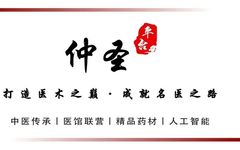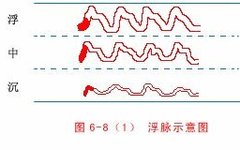Daily Sharing 25 (2021.03.22) Abnormal Pulse Types – Fine Pulse
(1) Characteristics of Fine Pulse The fine pulse is characterized by a pulse body that resembles silk, with a pulse vessel that is thinner than a normal pulse. When palpated, the pulse feels small and delicate, somewhat akin to the second string of a violin. Through years of clinical practice, I believe that fine pulse … Read more










